Introduction
The e-commerce industry in the United States has experienced remarkable growth over the past decade. With millions of online orders processed daily, the need for efficient warehouse operations has never been higher. However, this rapid expansion also brings environmental challenges—particularly regarding energy consumption. Warehouses are energy-intensive facilities, consuming significant amounts of electricity for lighting, heating, cooling, and automation systems.
This is where renewable energy becomes a game-changer. By integrating solar, wind, and other sustainable power sources, e-commerce warehouses can significantly reduce their carbon footprint, enhance operational efficiency, and contribute to a greener future.
Why Energy Use in Warehouses Matters
Warehouses are the backbone of e-commerce operations. They are responsible for:
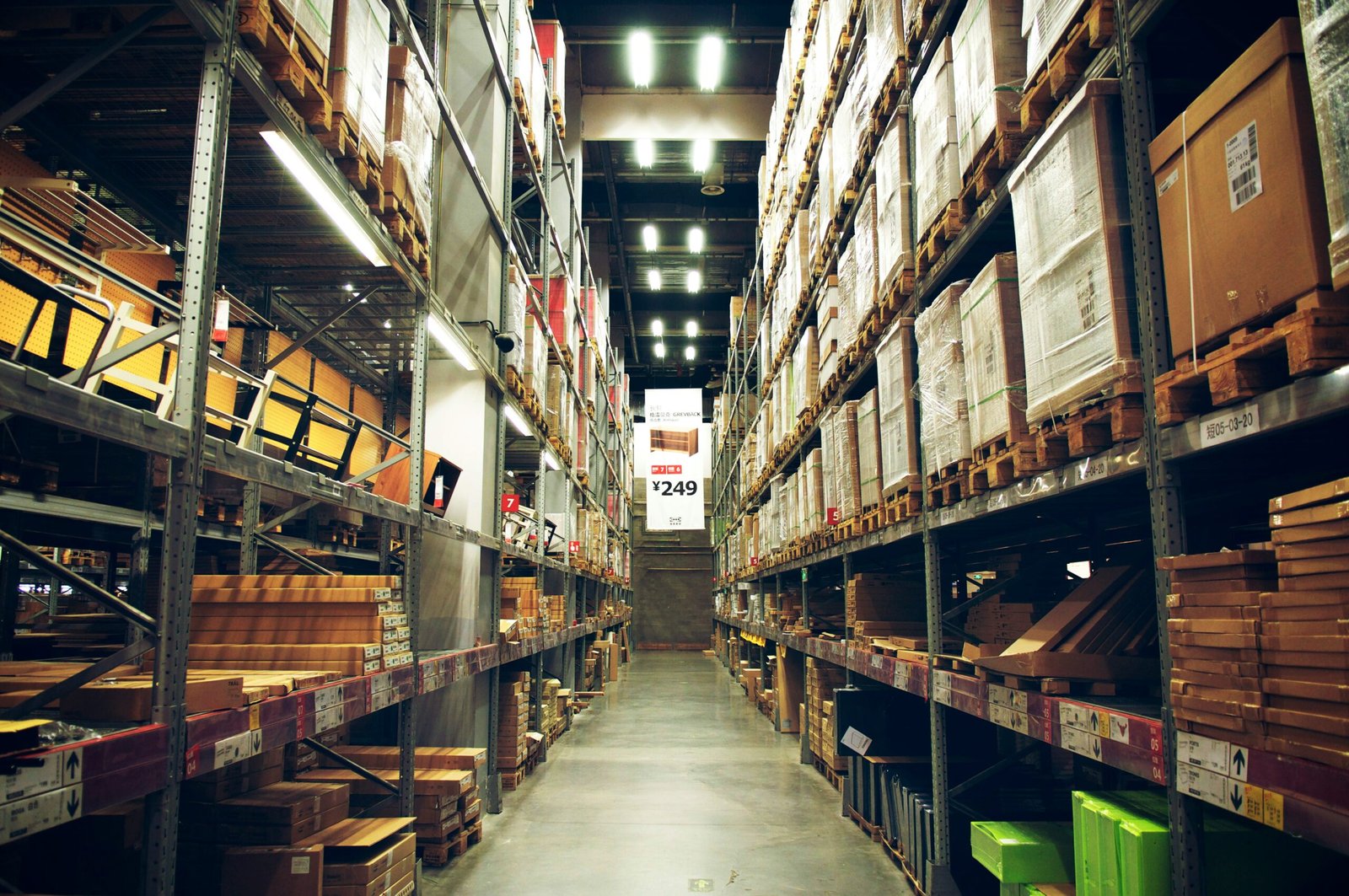
-
Storing products safely
-
Sorting and packing orders
-
Running climate-controlled environments for sensitive goods
-
Operating advanced automation systems
All of this requires a consistent and often substantial supply of electricity. Traditional power sources, such as fossil fuels, contribute to greenhouse gas emissions and increase operational costs due to fluctuating energy prices.
Transitioning to renewable energy not only helps reduce environmental impact but also supports long-term business sustainability.
Types of Renewable Energy in E-Commerce Warehouses
1. Solar Energy
Solar power is one of the most accessible and widely adopted renewable energy sources for warehouses in the U.S. Large flat rooftops provide ample space for installing solar panels.
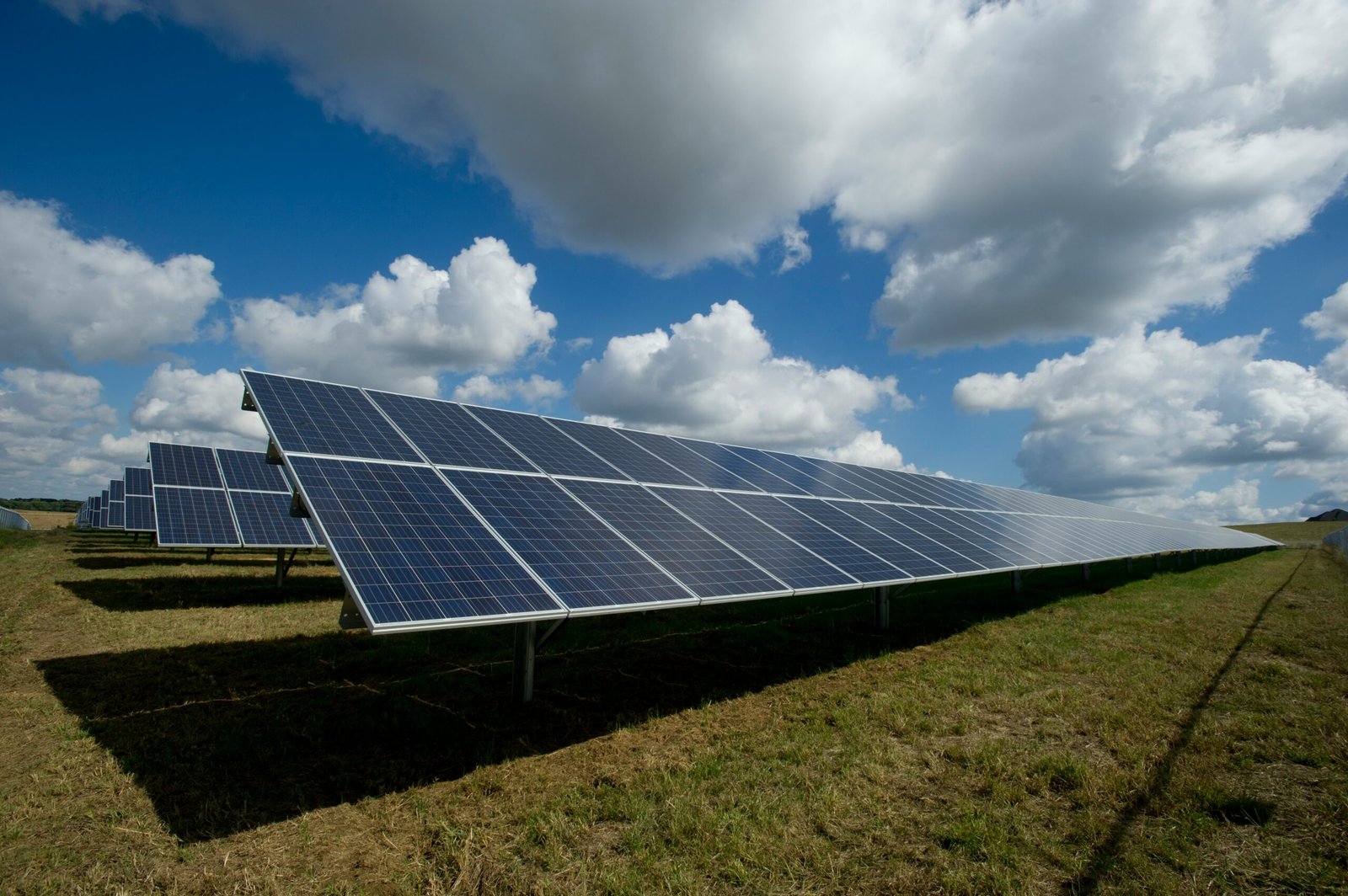
-
Advantages:
-
Significant reduction in electricity bills
-
Low maintenance costs after installation
-
Potential eligibility for federal and state tax credits
-
-
Example: Major e-commerce companies have invested in solar farms and rooftop panels to power fulfillment centers and reduce reliance on traditional grids.
2. Wind Energy
For warehouses located in open areas with consistent wind patterns, wind turbines can provide a reliable source of clean energy.
-
Advantages:
-
High energy yield in suitable regions
-
Complements solar power, especially in areas with cloudy conditions
-
-
Challenges:
-
Requires adequate land space for turbine installation
-
May not be feasible in urban locations
-
3. Geothermal Energy
Geothermal systems use heat from beneath the Earth’s surface to provide temperature control for warehouses.

-
Advantages:
-
Efficient heating and cooling year-round
-
Long-term operational cost savings
-
-
Limitations:
-
Higher upfront costs compared to other renewable options
-
Requires specific geological conditions
-
4. Bioenergy
Some facilities are exploring bioenergy, which converts organic waste into usable power.
-
Advantages:
-
Reduces landfill waste
-
Provides an additional renewable power source
-
-
Best Use: Often utilized in combination with other renewable systems.
Benefits of Using Renewable Energy in E-Commerce Warehouses
1. Environmental Impact Reduction

The shift to renewable energy significantly decreases greenhouse gas emissions and air pollution. By moving away from fossil fuels, warehouses contribute to national climate goals and global sustainability efforts.
2. Cost Efficiency Over Time
While initial installation costs for solar panels or wind turbines can be high, the long-term savings are substantial. Renewable systems often pay for themselves through reduced utility bills within a few years.
3. Energy Independence

Warehouses that generate their own power are less affected by energy price fluctuations or supply interruptions. This ensures a stable power supply and operational continuity.
4. Enhanced Brand Image
In a market where eco-consciousness influences consumer behavior, companies adopting renewable energy gain a competitive edge. Publicly committing to sustainability resonates with environmentally aware audiences.
Practical Steps for Implementing Renewable Energy in Warehouses
1. Energy Audits
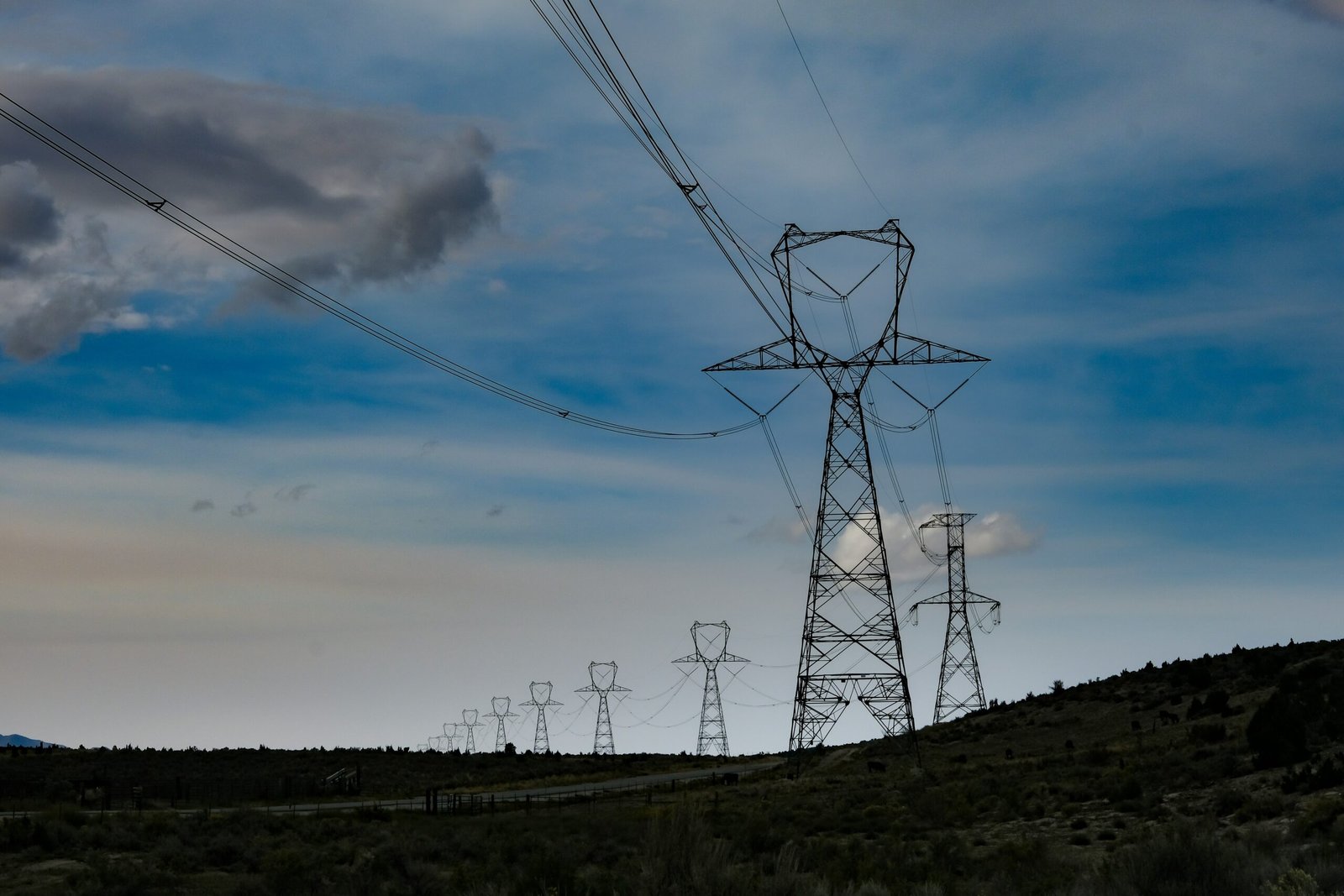
Before transitioning to renewable energy, businesses should conduct an energy audit to identify current usage patterns, inefficiencies, and opportunities for renewable integration.
2. Rooftop Solar Panel Installation
For warehouses with large roof areas, solar panels are often the first step. They provide scalable energy solutions and are relatively easy to maintain.
3. Hybrid Energy Systems
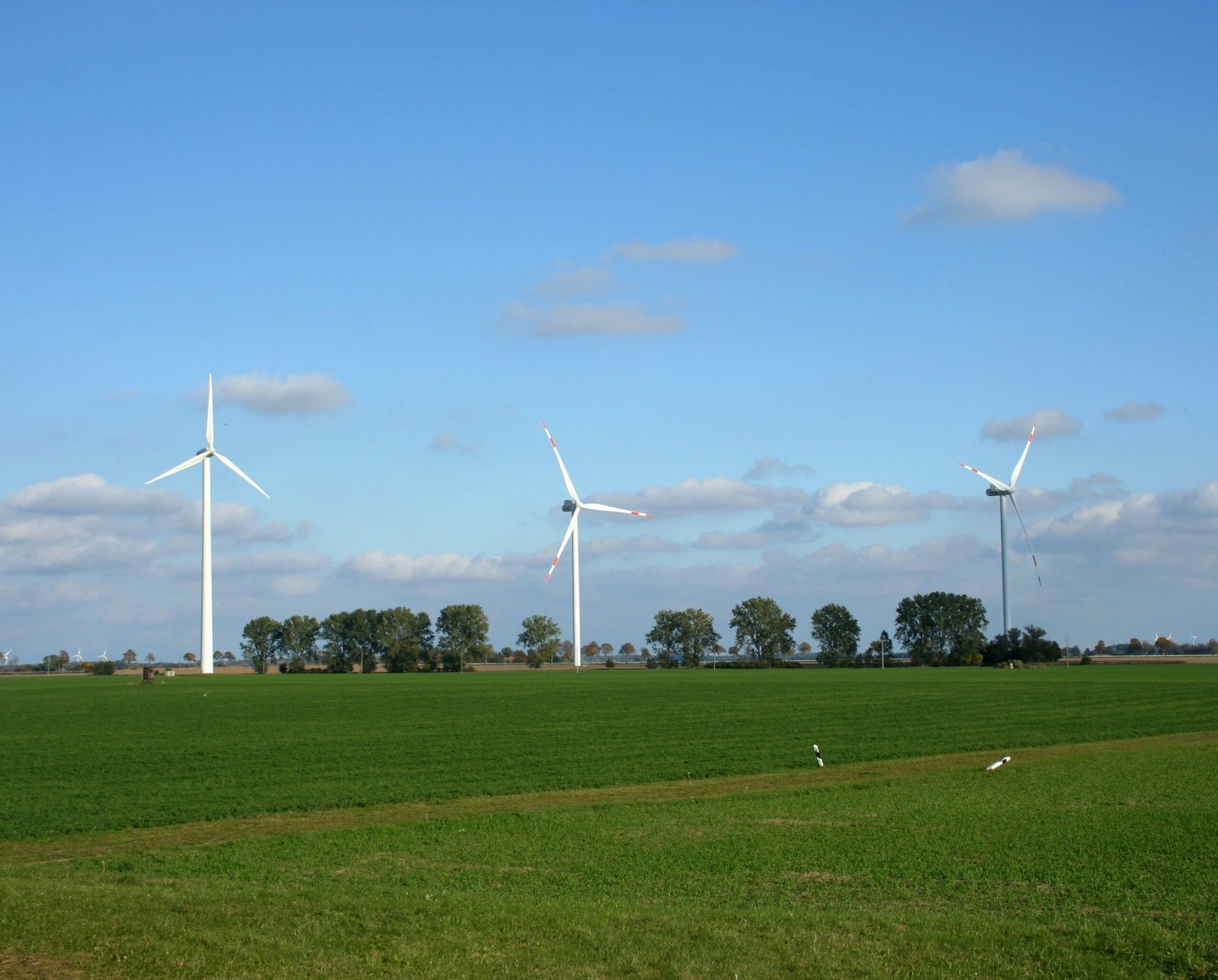
Many companies opt for a hybrid approach, combining solar, wind, and traditional energy to ensure reliability during periods of low renewable production.
4. Energy Storage Solutions
Installing battery storage systems helps warehouses store excess power generated during peak renewable production. This stored energy can be used during nights or cloudy days, ensuring uninterrupted operations.
5. Energy-Efficient Equipment

Pairing renewable energy with energy-efficient lighting, HVAC systems, and automation ensures maximum impact. LED lights, smart thermostats, and high-efficiency motors help reduce overall power consumption.
Real-World Examples of Renewable Energy in Warehouses
-
Amazon: The company has invested heavily in solar and wind projects across its U.S. fulfillment centers, aiming to power operations with 100% renewable energy by 2030.
-
Walmart: With one of the largest solar panel installations in the U.S., Walmart uses renewable energy to power many of its distribution centers and warehouses.
-
Small & Mid-Sized Businesses: Many regional e-commerce companies are also adopting smaller-scale renewable projects to reduce operating costs and strengthen sustainability initiatives.
Challenges in Adopting Renewable Energy
While the benefits are clear, businesses face certain challenges:
-
High Initial Investment: Installing renewable systems requires significant upfront capital.
-
Space Limitations: Not all warehouses have sufficient roof or land space for large installations.
-
Variable Energy Output: Weather-dependent energy sources like solar and wind require reliable backup systems.
-
Regulatory Hurdles: Permits, zoning laws, and utility agreements can complicate the transition.
The Future of Renewable Energy in E-Commerce Warehouses
The future is bright for renewable energy adoption in logistics. With advancements in technology, declining costs of solar and wind equipment, and growing environmental awareness, renewable energy will likely become the standard for warehouse operations. Additionally, AI-driven energy management systems will optimize renewable energy usage, ensuring maximum efficiency.
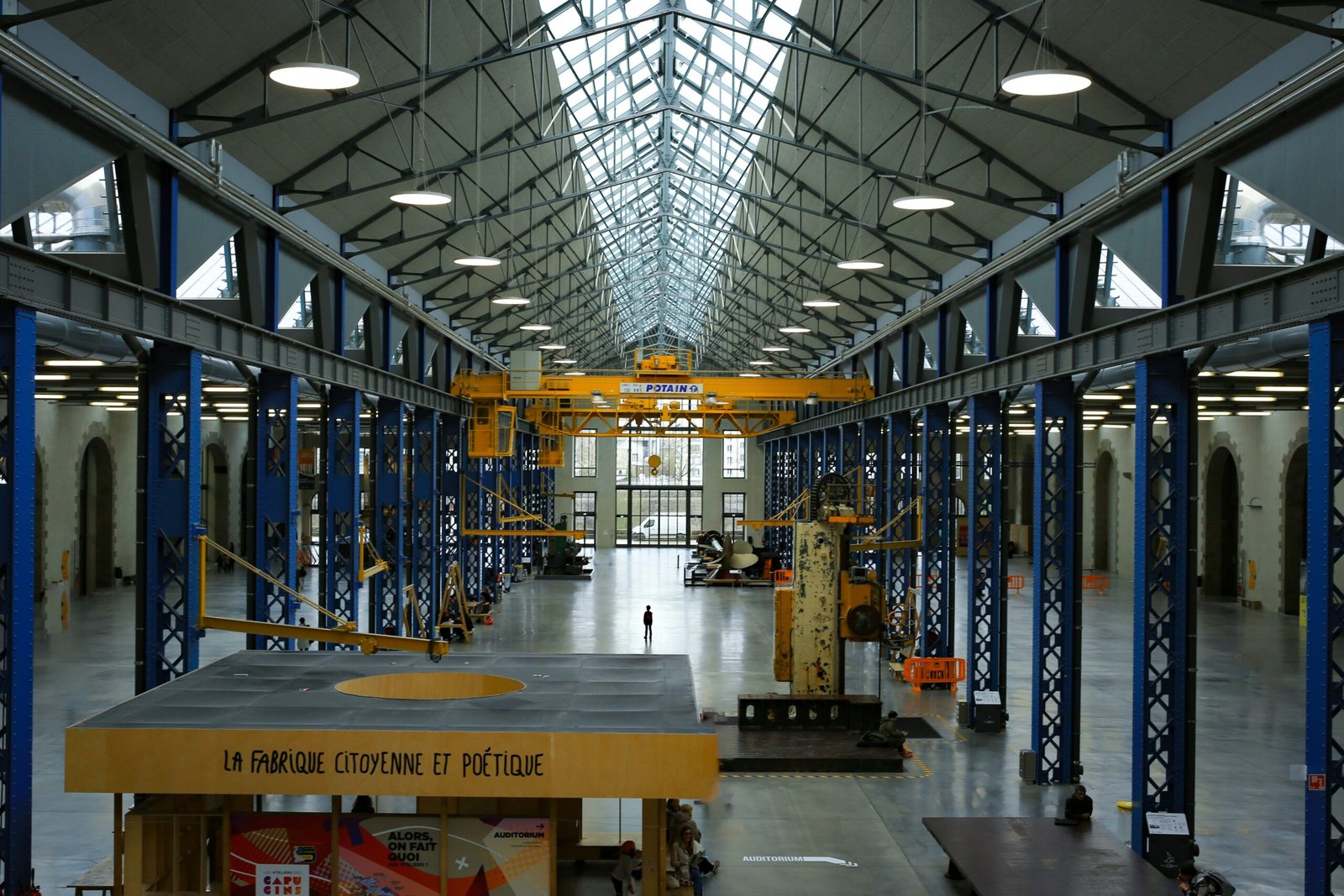
As more U.S. companies make sustainability a priority, renewable energy will shift from being a competitive advantage to an operational necessity.
Conclusion
Renewable energy is no longer a niche concept—it is a critical component of responsible e-commerce operations. By integrating solar, wind, geothermal, and bioenergy systems, warehouses can significantly cut emissions, reduce costs, and position themselves as leaders in sustainability. For the e-commerce industry in the U.S., embracing renewable energy is not just about environmental responsibility; it is about building a resilient and future-ready business model.